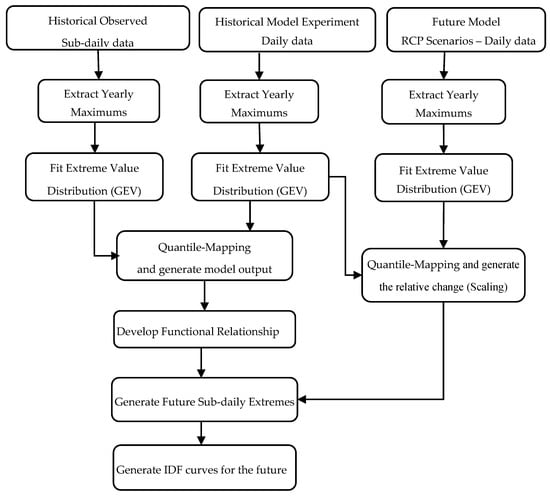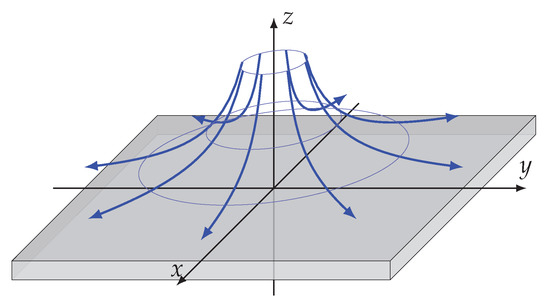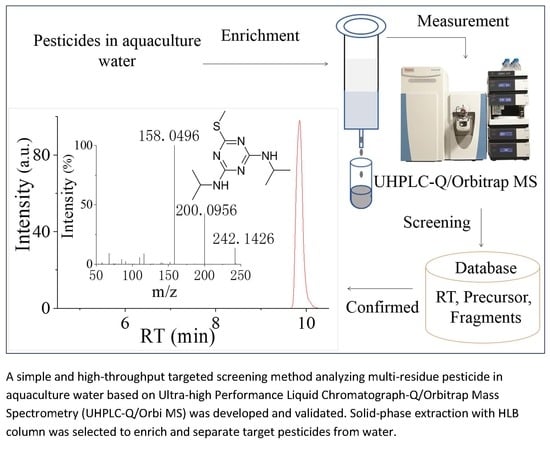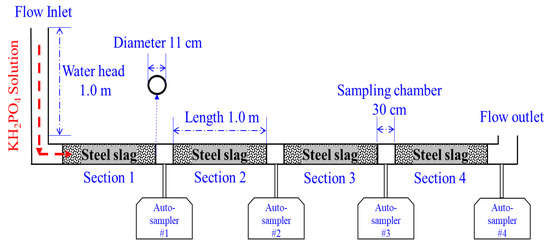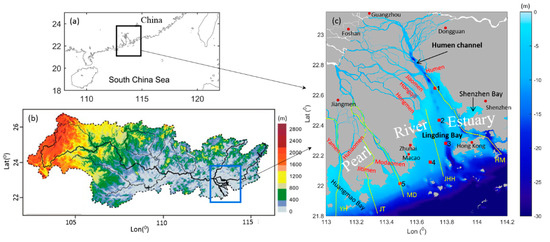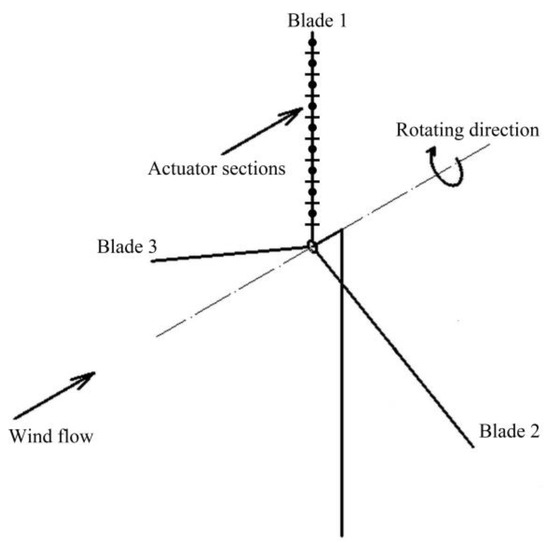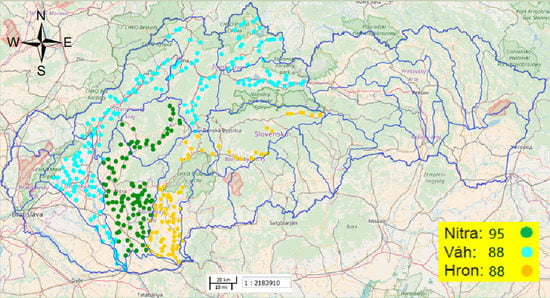Water 2020, 12(5), 1243; https://doi.org/10.3390/w12051243 - 27 Apr 2020
Cited by 32 | Viewed by 7049
Abstract
Rainfall Intensity–Duration–Frequency (IDF) curves are among the most essential datasets used in water resources management across the globe. Traditionally, they are derived from observations of historical rainfall, under the assumption of stationarity. Change of climatic conditions makes use of historical data for development
[...] Read more.
Rainfall Intensity–Duration–Frequency (IDF) curves are among the most essential datasets used in water resources management across the globe. Traditionally, they are derived from observations of historical rainfall, under the assumption of stationarity. Change of climatic conditions makes use of historical data for development of IDFs for the future unreliable, and in some cases, may lead to underestimated infrastructure designs. The IDF_CC tool is designed to assist water professionals and engineers in producing IDF estimates under changing climatic conditions. The latest version of the tool (Version 4) provides updated IDF curve estimates for gauged locations (rainfall monitoring stations) and ungauged sites using a new gridded dataset of IDF curves for the land mass of Canada. The tool has been developed using web-based technologies and takes the form of a decision support system (DSS). The main modifications and improvements between version 1 and the latest version of the IDF_CC tool include: (i) introduction of the Generalized Extreme value (GEV) distribution; (ii) updated equidistant matching algorithm (QM); (iii) gridded IDF curves dataset for ungauged location and (iv) updated Climate Models.
Full article
(This article belongs to the Special Issue Extreme Value Analysis of Short-Duration Rainfall and Intensity–Duration–Frequency Models)
►
Show Figures
